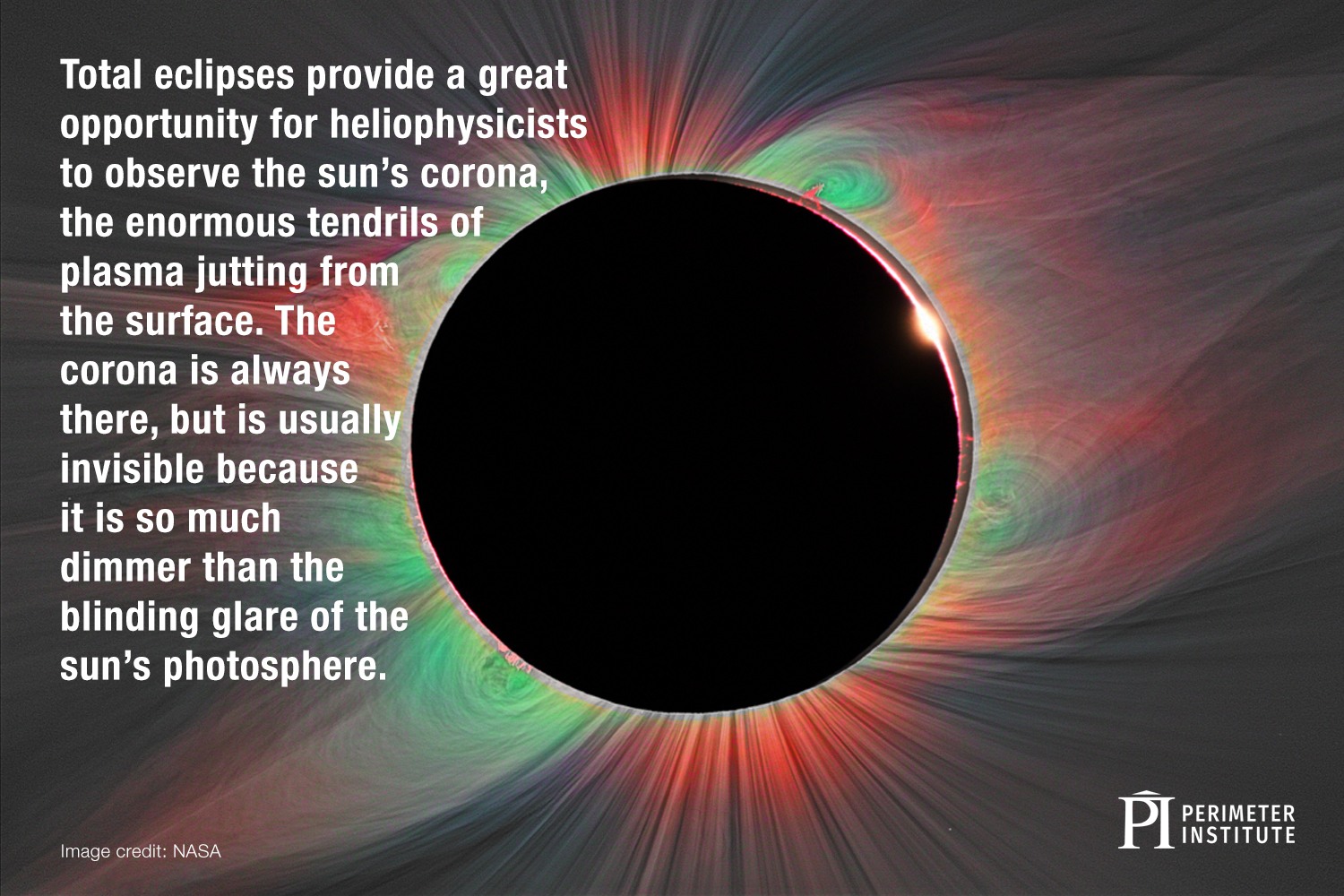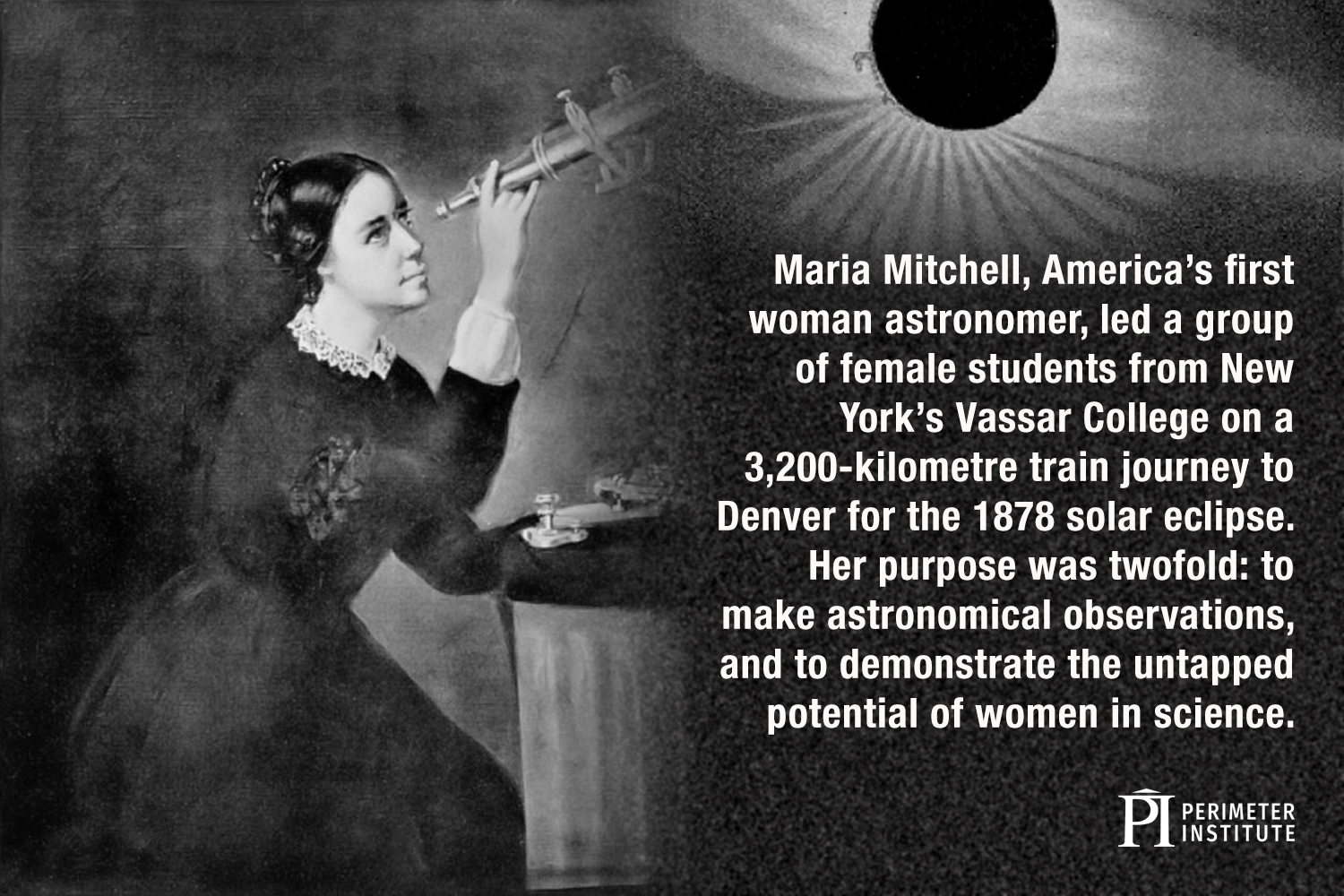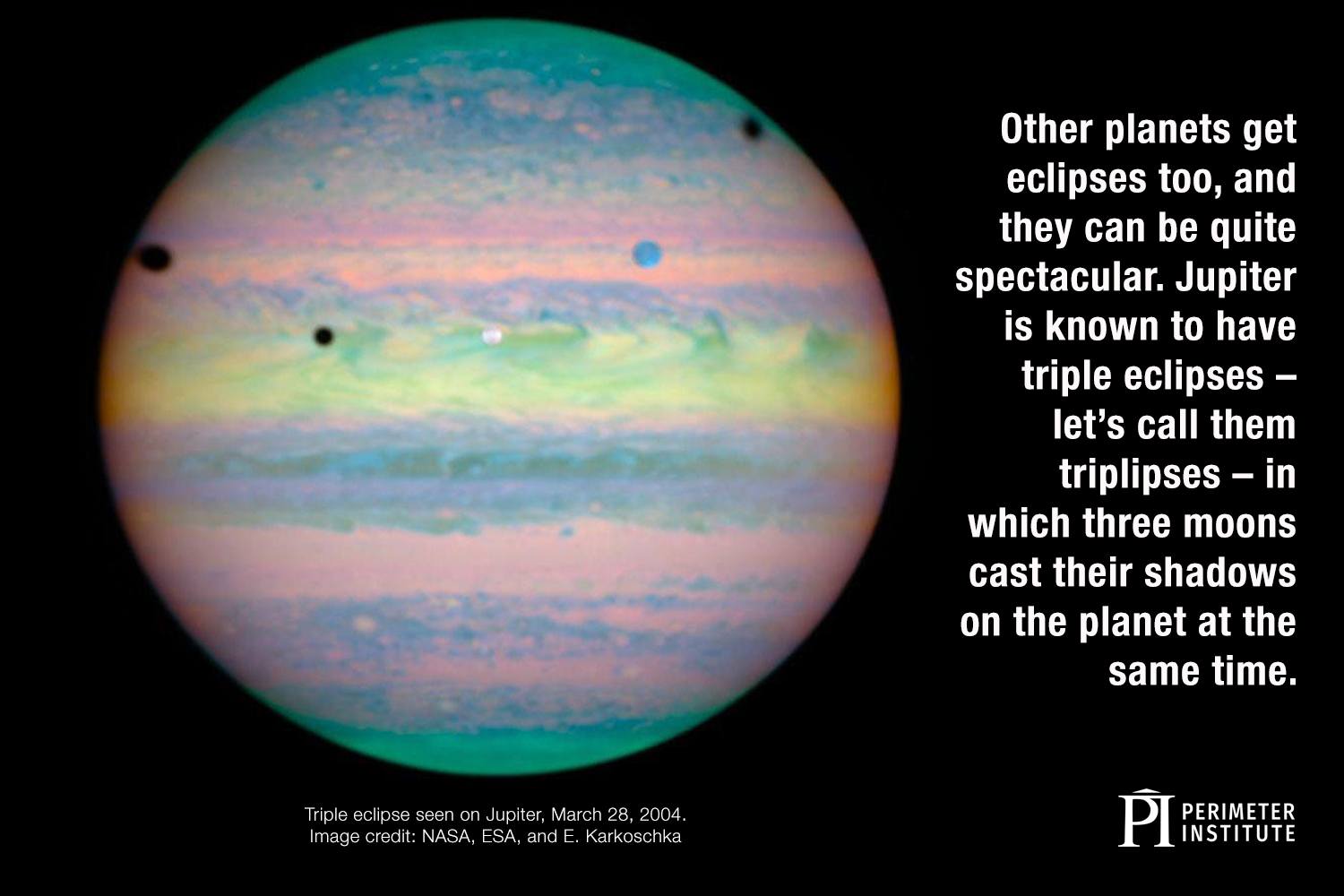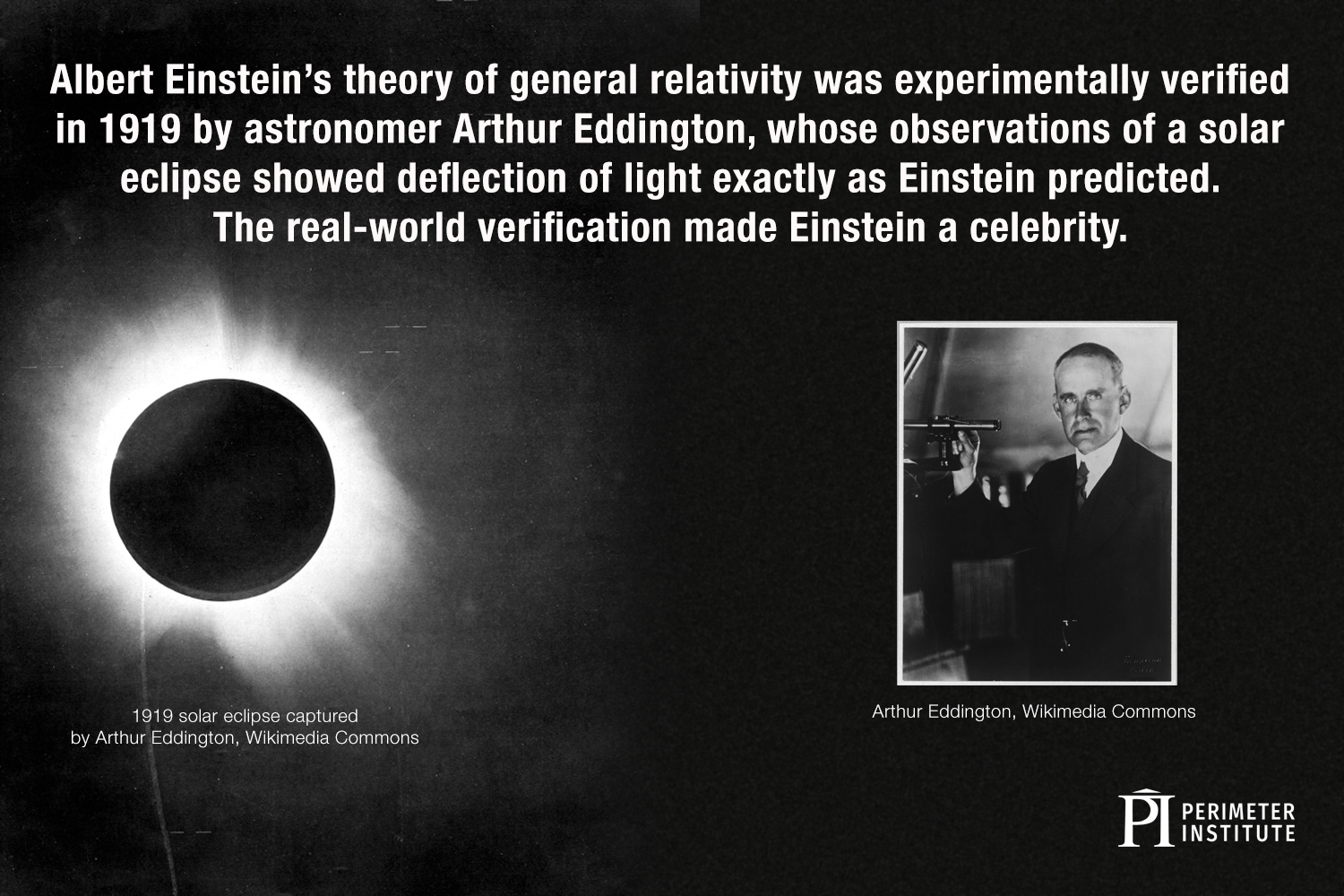It is important to note that looking directly at the Sun during the eclipse is unsafe, as it can cause permanent eye damage. Therefore, it is essential to use proper eye protection, such as solar eclipse glasses, or to view the eclipse indirectly using pinhole projectors or other safe viewing methods.
Viewing the Solar Eclipse in Kitchener-Waterloo
In Waterloo, the solar eclipse will be a partial eclipse, with almost 99% of the Sun's disk covered by the Moon. This means that the Sun will appear crescent, and the sky will darken slightly. Many people in the area are excited to witness this rare event, and there will be several viewing parties and events organized by local astronomy clubs and organizations.
Total Eclipse in Parts of Ontario
While the solar eclipse in Kitchener Waterloo will be partial, some parts of Ontario will experience a total eclipse. This means that the Moon will completely block the view of the Sun, and the sky will become dark as if it were nighttime.
The total eclipse will be visible in a narrow path that stretches from southwestern Ontario. This is a rare opportunity for people in Ontario to witness a total solar eclipse, as the last one occurred in the province over 900 years ago.
Indigenous Knowledge for the Solar Eclipse
Presented by the Dunlap Institute for Astronomy & Astrophysics, Laurie Rousseau-Nepton shares stories from Indigenous communities across the country.
The Solar Eclipse and Einstein's Theory of Relativity
The solar eclipse has played an essential role in the history of science. In 1919, during a total solar eclipse, the British astronomer Arthur Eddington and his team observed that the positions of the stars near the Sun appeared to be shifted slightly due to the bending of light by the Sun's gravity.
This observation provided the first experimental evidence for Einstein's theory of general relativity, which predicted that gravity can bend light. The confirmation of this theory during the solar eclipse helped to revolutionize our understanding of space, time, and gravity.
Scientific Significance of Solar Eclipses
From a scientific perspective, solar eclipses have been instrumental in advancing our knowledge of the Sun, the Moon, and the laws of physics. For instance, during a total solar eclipse, scientists can observe the corona, the outer atmosphere of the Sun, which is usually hidden by the Sun's glare. Studying the corona can provide insights into the Sun's magnetic field, its temperature, and its activity, which can affect Earth's climate and technology.
Overall, the solar eclipse is a reminder that even in our modern and technological age, there are still mysteries and marvels in the natural world that can captivate and challenge us. Whether you are a scientist, an artist, or simply a curious observer, the solar eclipse is a rare and unforgettable experience that can enrich our understanding of ourselves and the universe.
About PI
Perimeter Institute is the world’s largest research hub devoted to theoretical physics. The independent Institute was founded in 1999 to foster breakthroughs in the fundamental understanding of our universe, from the smallest particles to the entire cosmos. Research at Perimeter is motivated by the understanding that fundamental science advances human knowledge and catalyzes innovation, and that today’s theoretical physics is tomorrow’s technology. Located in the Region of Waterloo, the not-for-profit Institute is a unique public-private endeavour, including the Governments of Ontario and Canada, that enables cutting-edge research, trains the next generation of scientific pioneers, and shares the power of physics through award-winning educational outreach and public engagement.




